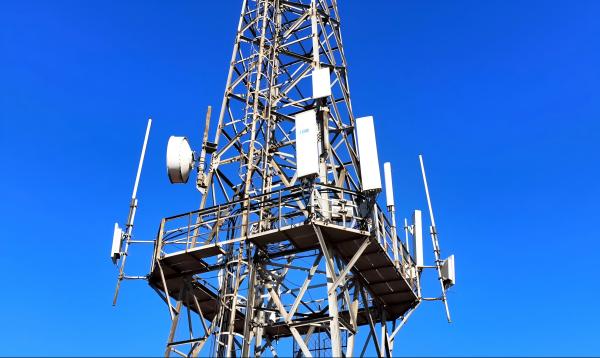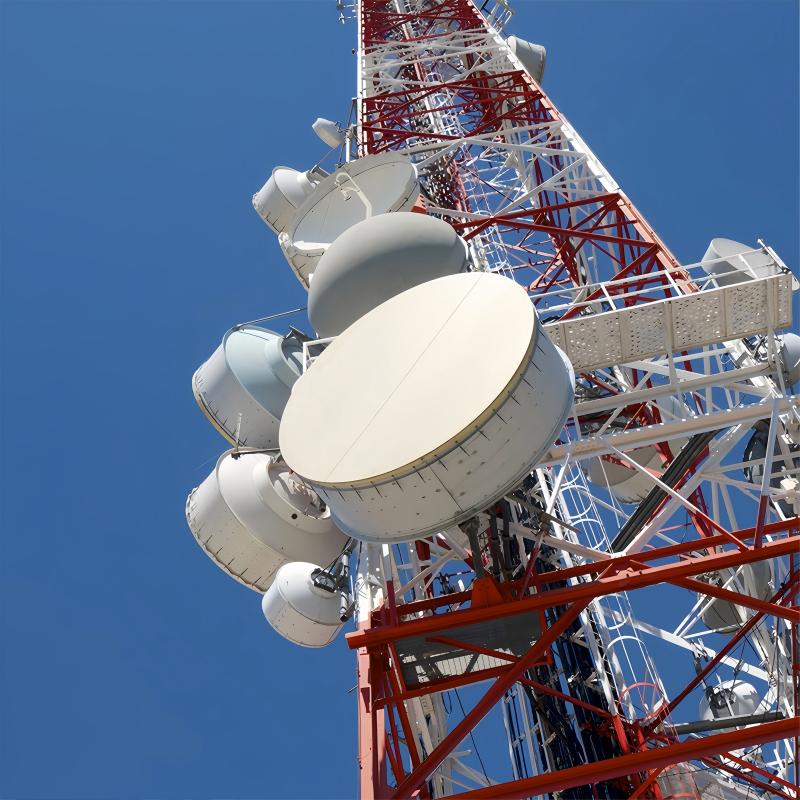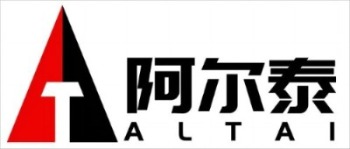4 Legged Angle Steel Telecommunication Tower Design Condition Analysis
Mar 31, 2025
- Designing a 4-legged angle steel tower involves various considerations to ensure structural integrity, stability, and safety. Here are some key design conditions that are typically analyzed in the design process:
-
-
Load Analysis:
- Dead Loads: Consider the weight of the tower structure itself, including all components such as steel angles, bolts, platforms, and antennas.
- Live Loads: Evaluate the loads imposed by equipment, antennas, ice, wind, and any other dynamic loads the tower may experience during its service life.
- Environmental Loads: Account for wind loads, seismic forces, ice loads, and any other environmental factors that may impact the tower's stability.

-
-
Material Selection:
- Choose appropriate angle steel sections based on their mechanical properties, including yield strength, tensile strength, and stiffness, to ensure the tower can withstand the calculated loads.
- Consider factors such as corrosion resistance, weldability, and availability of the materials.
-
-
Geotechnical Analysis:
- Conduct a soil analysis to determine the soil bearing capacity at the tower site, which influences the foundation design.
- Evaluate the soil conditions to ensure the tower foundation can adequately support the applied loads.
-
-
Foundation Design:
- Design a suitable foundation system based on the soil conditions and the loads imposed by the tower.
- Ensure the foundation can distribute the loads effectively to prevent settlement or instability.
-
-
Structural Analysis:
- Perform structural analysis using software tools to assess the tower's response to various loading conditions.
- Check the tower members for stresses, deflections, buckling, and other structural performance criteria.
-
-
Connection Design:
- Design connections between tower members, including bolted or welded connections, to ensure they can transfer loads effectively.
- Consider factors such as connection detailing, material compatibility, and ease of fabrication and erection.

-
-
Stability Analysis:
- Assess the tower's stability against overturning, sliding, and buckling under different loading conditions.
- Ensure that the tower design meets stability requirements to prevent structural failure.
-
-
Code Compliance:
- Ensure that the tower design complies with relevant design codes and standards, such as local building codes, industry standards, and engineering guidelines.
-
-
Safety Factors:
- Apply appropriate safety factors to account for uncertainties in loading conditions, material properties, and other design parameters.
- Verify that the tower design provides an adequate level of safety for its intended use.
-
-
- By carefully analyzing these design conditions and factors, engineers can develop a robust and safe 4-legged angle steel tower design that meets structural requirements, performance criteria, and safety standards for its intended application.
Learn more at www.alttower.com
Contact Us



